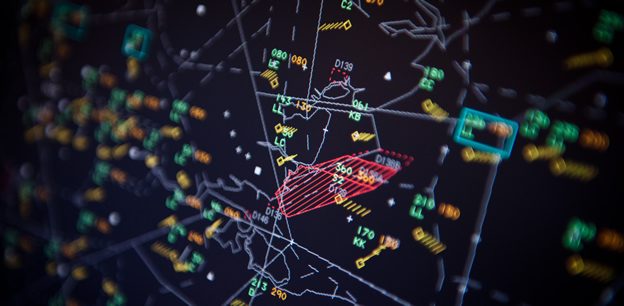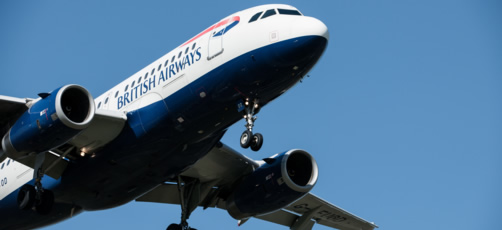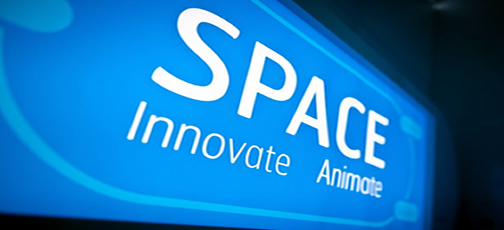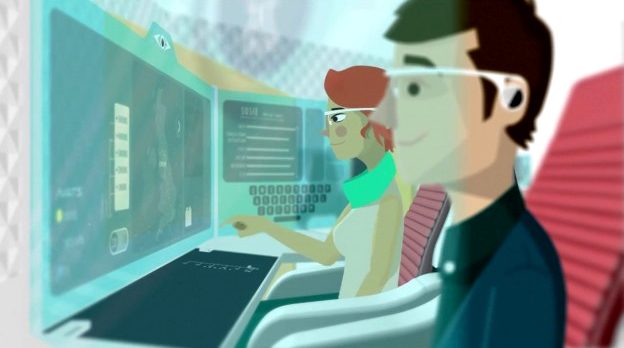Building a shared picture for Tower and Approach
20 October 2014Getting the most from a single runway needs great cooperation between the controllers in the tower and those working in approach to interweave arrivals and departures.
UK airports already excel at single runway operations – but is it possible to get even better? NATS, in conjunction with SESAR, has been running a simulation to find out whether linked planning tools can help.
At the busiest airports, NATS uses a piece of technology called an Arrival Manager (AMAN) to sequence arrivals, while the use of Airport Collaborative Decision Making (A-CDM), where everyone operating at the airport works together to deliver a precise plan, has been introduced to optimise departures.
Departures are inherently less predictable than arrivals because passengers may linger in airport shops, and because a change in the gap between two arrivals may trigger a change in the best take-off order. This uncertainty means that tower controllers are asked to follow only the pushback sequence calculated by A-CDM, and the take-off sequence is left to their tactical judgement. The controllers’ part of an A-CDM system is known as Departure Manager, DMAN, or TSAT-Generator, a piece of kit that will calculate the optimum time for an aircraft to push back from its stand.
The simulation we’ve just completed used a prototype from Exelis Orthogon that couples the Arrival and Departure Managers together and integrates the data into a single picture. The simulations were hosted in our Corporate and Technology Centre using Ace simulation software, with new functionality developed by the NATS Simulators team.
The Coupled AMAN-DMAN enables the tower to manage departures while Terminal Control manages arrivals, and provides a shared picture. Runway policy – the size and frequency of gaps between arrivals to allow departures, known as “packing and gapping” – is agreed between the supervisors and becomes the framework for the coupled system to coordinate and optimise the sequences. As today, tower and approach controllers may coordinate directly, and following the AMAN and DMAN sequences is secondary to making good use of the runway.
The main objective of coupling arrival and departure management is to improve predictability. This benefits the airport in planning its stand allocation and passenger handling, and also enables procedures to burn less fuel while absorbing delay: stand holding for departures and early slow-downs for arrivals (potentially from 350 Nautical Miles, as in the current XMAN trial for Heathrow). Runway throughput may also be slightly improved through better coordination, but this is has not been the driver for the concept.
A further option in the simulation was to use the combined AMAN and DMAN in time-based mode, when for example a runway policy of “6 mile gaps” could be replaced by “130 second gaps”.
It seems logical for gaps to stay the same in time while the distance may change with headwind, since the tower needs a gap which is long enough for the first arrival to vacate and the intervening departure(s) to line up and take off. In order to deliver time-based gaps approach controllers were supported by the Time-Based Separation tool that is currently under development for Heathrow Airport. Single runways have less potential benefit than an arrivals-only runway, because it is already standard practice to reduce the distance for gaps according to headwind, but Time-Based Separation may offer a useful refinement.
The analysis of simulation results will be completed by the end of the year; a complex job because of so many factors to take into account. In the meantime, feedback from our controllers has suggested some immediate improvements in the current stand-alone arrival and departure tools which can be implemented as a first step.
Comments
Please respect our commenting policy and guidelines when posting on this website.







20.10.2014
12:53
Joe Fuller
Superfluous word in paragraph after Terminal Control Simulator picture: “The Coupled AMAN-DMAN provides enables the tower” – I think “provides” is wrong.
Apart from that, very interesting work.
21.10.2014
09:18
Paul Beauchamp
Senior Communications Manager, Brand PR & Marketing CommunicationsGood spot Joe – duly amended. Thanks!
09:18
Paul Beauchamp
Senior Communications Manager, Brand PR & Marketing Communications